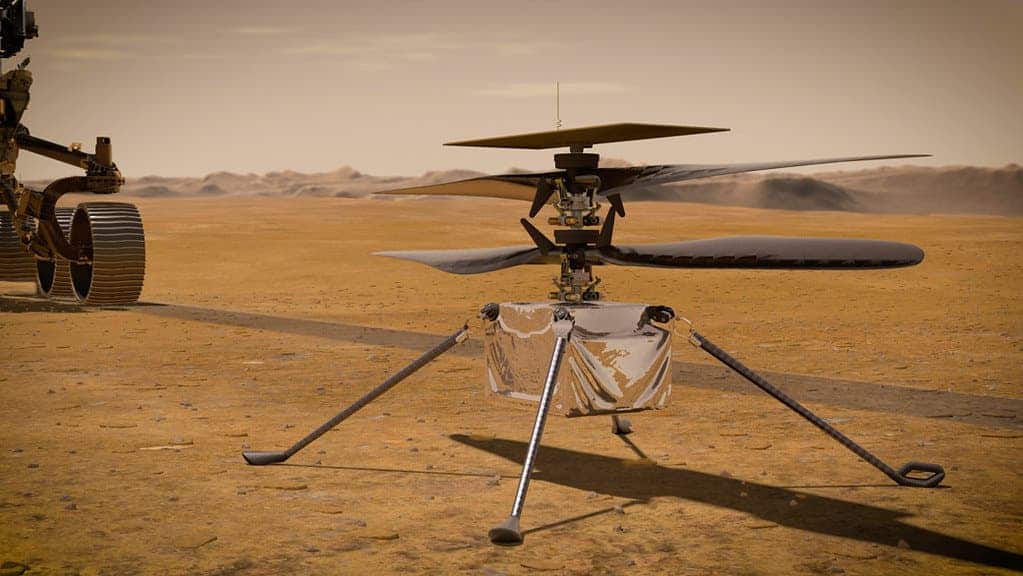With its 10th flight on Mars completed just yesterday, NASA’s Ingenuity helicopter has now flown more than a mile through the skies of our red neighbor.

In a Twitter post on Sunday, NASA confirmed that Ingenuity flew over the “Raised Ridges”, part of a fracture system inside Jezero Crater that researchers have been looking to investigate for some time now. These fractures can act as pathways for fluids underground so, if there’s water on Mars (or if there was water on Mars), these fractures would hold signs of its passing. This marked the 10th flight for the helicopter drone, and its first full mile over Mars.
Humble beginnings
“With the Mars Helicopter’s flight success today, we crossed its 1-mile total distance flown to date,” officials with NASA’s Jet Propulsion Laboratory in Pasadena, California wrote in an Instagram update late Saturday. JPL is home to the mission control for Perseverance and Ingenuity.
In an earlier Tweet, Ingenuity operations lead Teddy Tzanetos described the planned flight in a status update, calling it the most complex mission the drone has undergone so far, in terms of both navigation and performance. The helicopter was sent to investigate (fly over and photograph) 10 sites, with the mission estimated to last around 165 seconds.
Although the full details of the mission haven’t been published yet, Tzanetos explained on Friday that it would be taking off from its sixth airfield and then moving south-by-southwest about 165 feet (50 meters). From there, it was scheduled to take two pictures of Raised Ridges from two different angles, both looking south. From there, Ingenuity was scheduled to fly west and then northwest, to snap further images of the Raised Ridges area. These will be used by NASA to create stereo images of the area.
What we do know is that during the flight, Ingenuity achieved a new record height: 40 feet (12 meters) above ground.
Ingenuity was meant to operate on mars for around 30 days; it has now been hard at work for 107. It went well beyond its duties during this time, allowing ground control to test out several flight maneuvers and undergoing two software updates — one to improve its flight speed, the other to refine its camera’s color-capturing abilities. To date, it’s flown for 14 minutes on Mars, which is a bit over 112% the performance target used for tech demos back on Earth.
Still, it shows no signs of slowing down anytime soon. Since it’s running on solar panels, fuel isn’t a concern, and NASA has already extended its operations once (after Ingenuity completed its primary mission in April). We’re likely to see a similar extension in the future, as the craft is providing invaluable reconnaissance from the skies of Mars.



